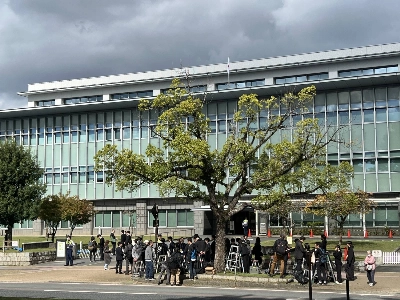KUSHIRO, Hokkaido -- Although the new year was just around the corner, there was little joy to be seen in the southeast end of this port city.
In December, Taiheiyo Coal Mine Co., the nation's last remaining coal mine, announced that it will close Jan. 30, resulting in the loss of 1,000 jobs.
About 500 other people employed at various subcontractors, including several Taiheiyo group companies, will also be out of work.

















With your current subscription plan you can comment on stories. However, before writing your first comment, please create a display name in the Profile section of your subscriber account page.